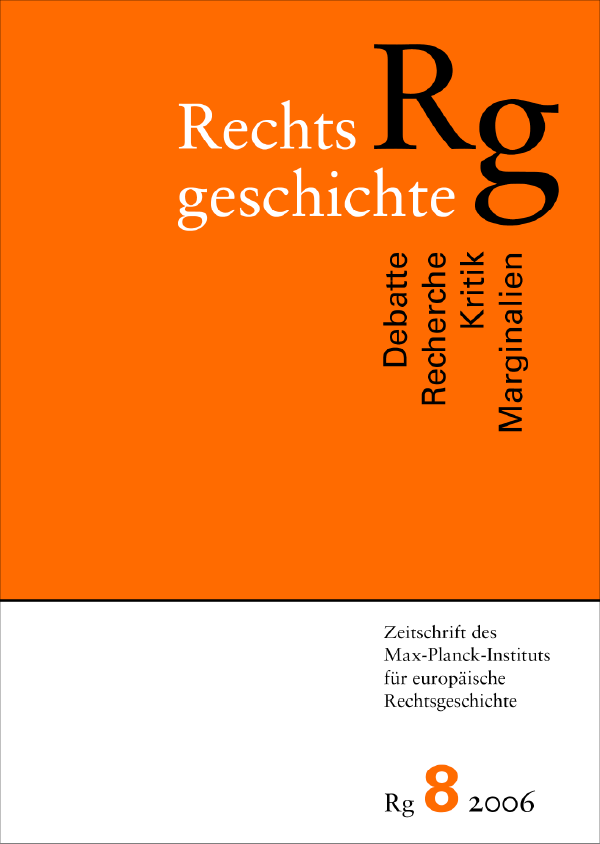Der gute Hirte als Verfassungsbild
Eine Recht-Fertigungs-Tragödie mit Pierre Legendre, Michel Foucault und Carl Schmitt
DOI:
https://doi.org/10.12946/rg08/111-128Abstract
Ever since Hobbes, the modern state figures as a complex artistic product, which establishes exterior safety and welfare in perpetuity and leaves its citizens alone as representing the inside, in an impartial and thus incontestably rational way. But precisely the latter is not the case. As soon as »the distinction between the inside and the outside is generally acknowledged, the superiority of the inside over the outside, and thus the superiority of the private over the public, is decided« (Carl Schmitt). The state can only succeed in regaining broad »legitimacy« by a convincing display of its competence in all spheres. The metaphor of the »good herdsman« therefore seems very helpful. As a result of its rather neutral image, it is bound to present things in a »biopolitical« optic. It tries desperately to integrate materially what ideally is doomed to failure. This ideal picture of the »good herdsman« destroys the chances of each of its profane worldly images.
Downloads
Veröffentlicht
Zitationsvorschlag
Ausgabe
Rubrik
Lizenz
Copyright (c) 2006 Autor/in

Dieses Werk steht unter einer Creative Commons Namensnennung - Nicht-kommerziell - Keine Bearbeitung 3.0 International -Lizenz.





